Taking on DIY projects can be rewarding and cost-effective, but it’s easy to make mistakes that can lead to costly repairs and frustration. Whether you’re a seasoned DIYer or just starting out, knowing the common pitfalls can help you avoid them. In this article, we’ll highlight some frequent DIY mistakes to watch out for, ensuring your projects run smoothly and successfully.
Skipping the Prep Work
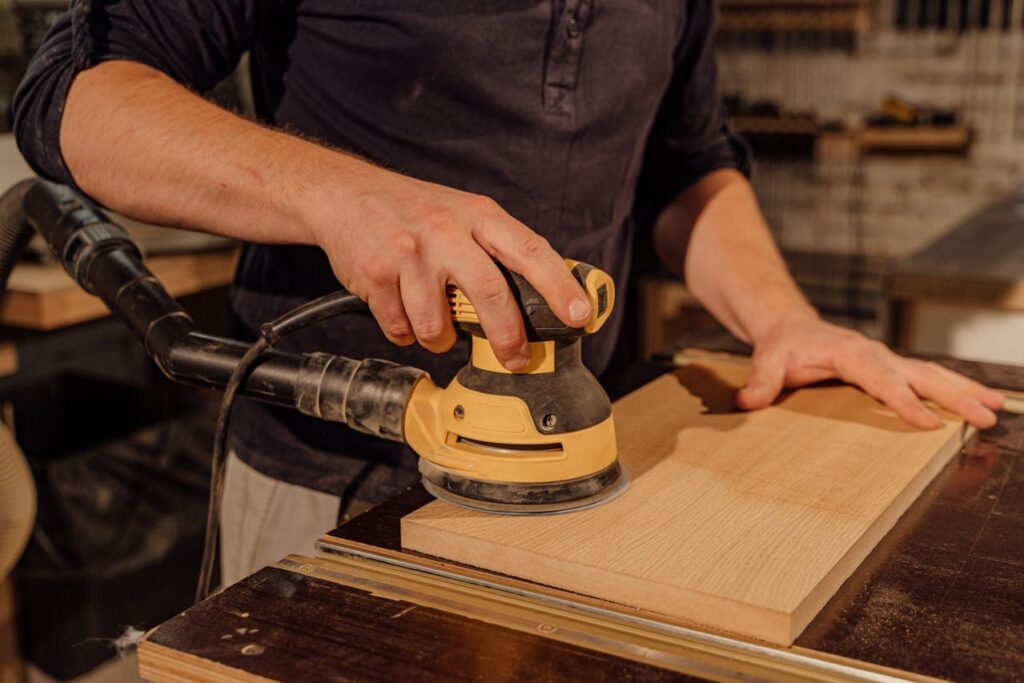
Proper preparation is key to any successful DIY project. Whether you’re painting, woodworking, or tiling, skipping steps like cleaning, sanding, or priming can result in poor adhesion, uneven surfaces, and a lackluster finish. Taking the time to prep ensures better results and longevity for your work.
Using the Wrong Tools

Using improper or low-quality tools can make any DIY task more difficult and can lead to mistakes or injuries. For example, using a dull saw blade can result in uneven cuts and splintered wood. Investing in the right tools and keeping them well-maintained is crucial for precision and safety.
Ignoring Safety Precautions

DIY projects often involve hazardous materials and power tools, making safety precautions essential. Failing to wear protective gear such as gloves, goggles, or masks can lead to injuries or health issues. Always read safety instructions and ensure your workspace is well-ventilated and free of hazards.
Underestimating Time and Effort
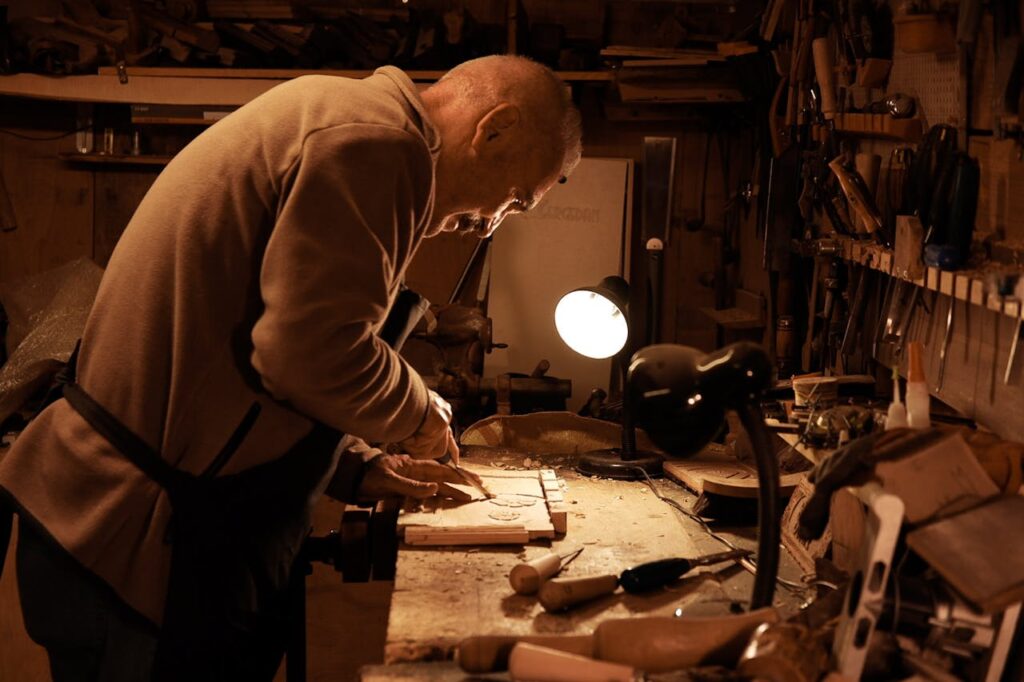
Many DIYers underestimate the time and effort required to complete a project. This can lead to rushed work and subpar results. Realistically assessing the scope of your project and planning accordingly helps ensure you allocate enough time and energy to do it right.
Improper Measurements
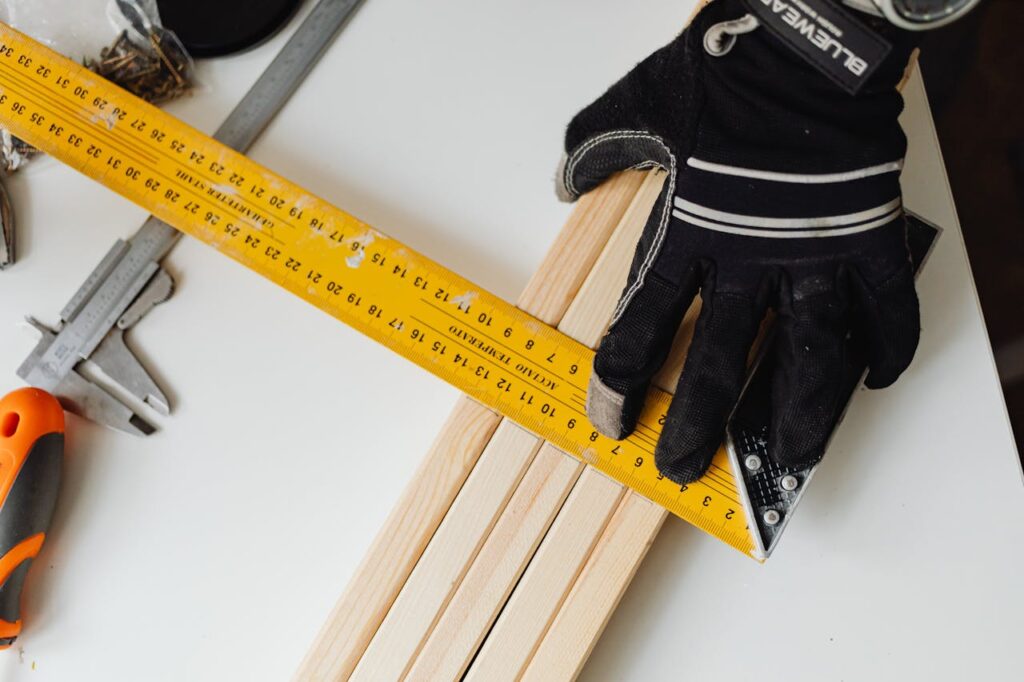
Accurate measurements are fundamental in DIY projects. Misjudging dimensions can result in wasted materials and ill-fitting components. Always double-check your measurements and use the right tools, such as a tape measure or level, to ensure precision.
Overloading Electrical Circuits
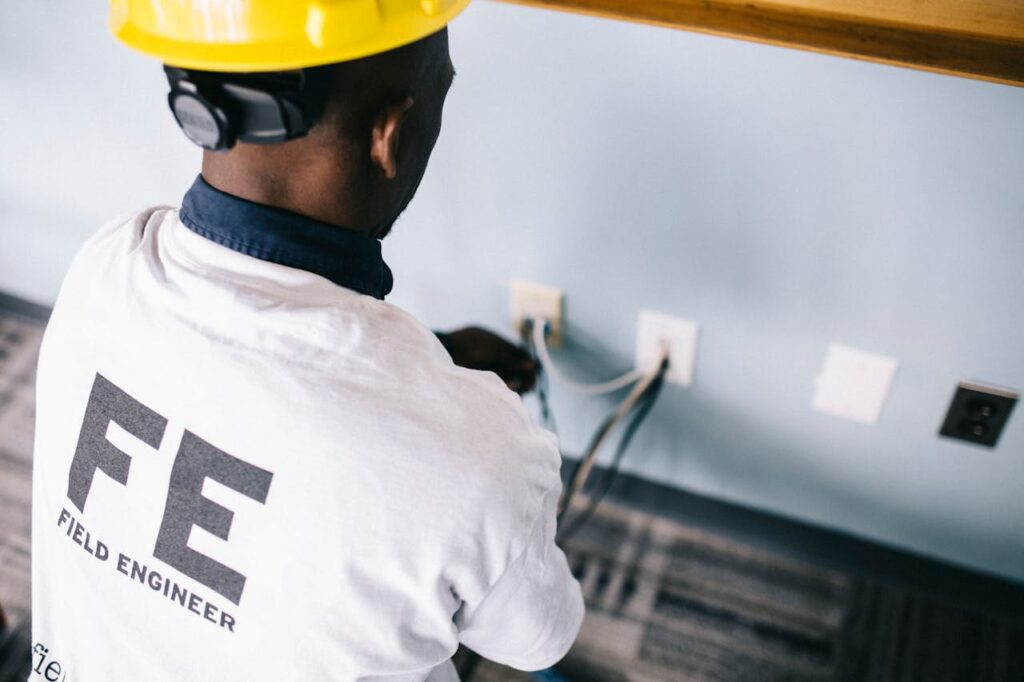
When tackling electrical projects, it’s crucial to understand the capacity of your home’s electrical system. Overloading circuits by adding too many devices can lead to blown fuses or even fires. Ensure you know the limits and possibly consult a professional for complex electrical work.
Not Using Primer
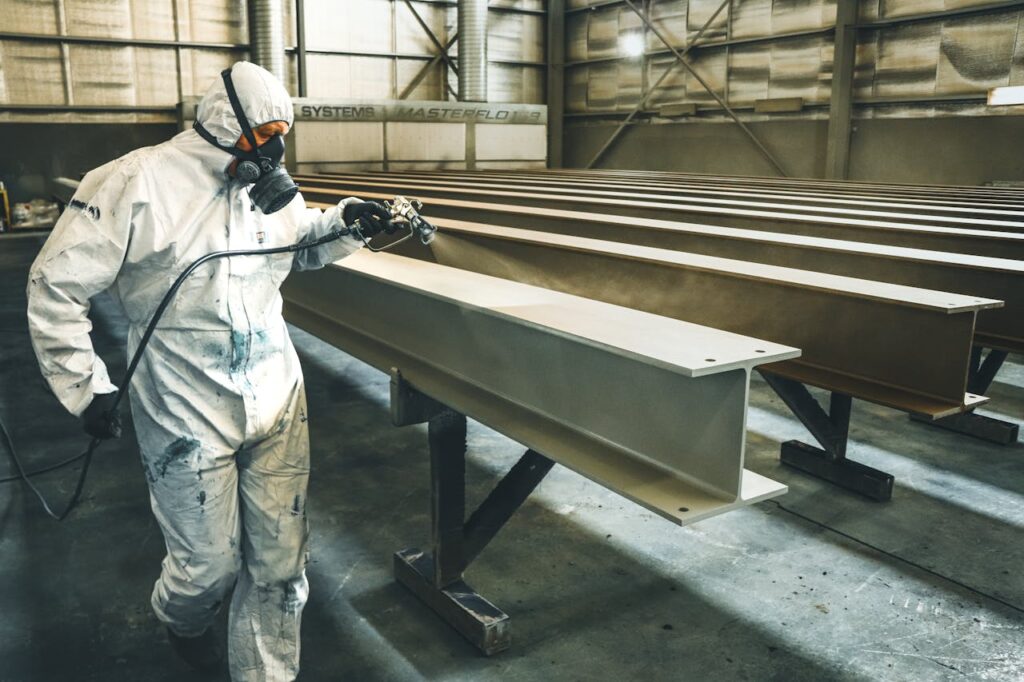
Skipping the primer when painting can lead to uneven color and poor adhesion, especially on new or previously unpainted surfaces. Primer helps seal the surface and provides a uniform base for the paint, resulting in a smoother, more durable finish.
Improper Ventilation
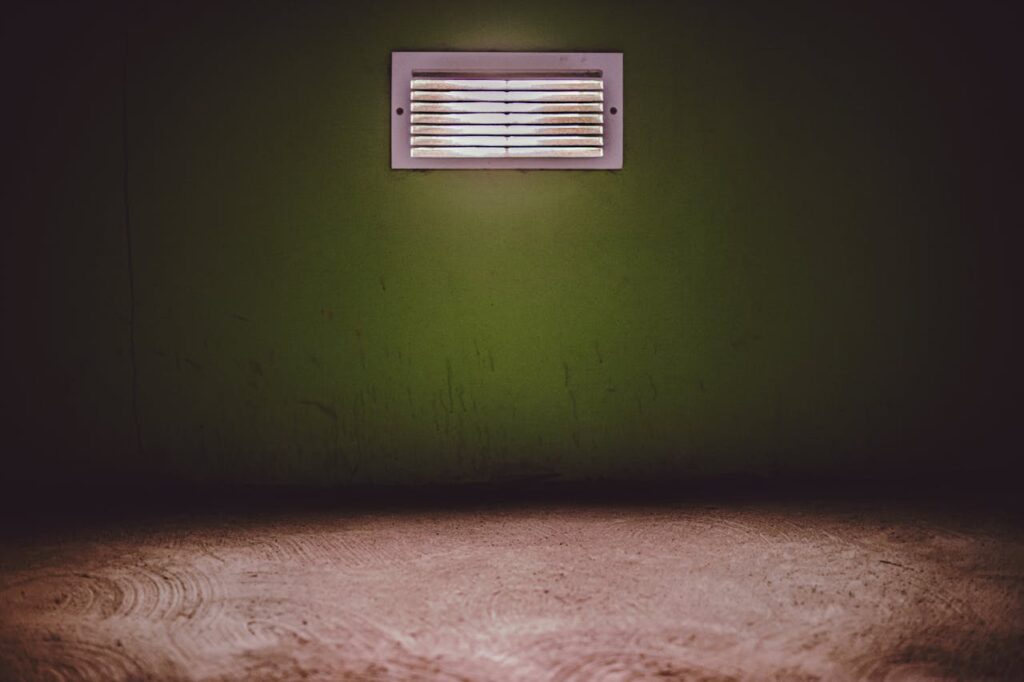
Many DIY tasks involve fumes from paint, solvents, or adhesives, making proper ventilation essential. Working in a poorly ventilated area can pose serious health risks. Always ensure adequate airflow, use fans if necessary, and consider working outdoors when possible.
Ignoring Structural Integrity
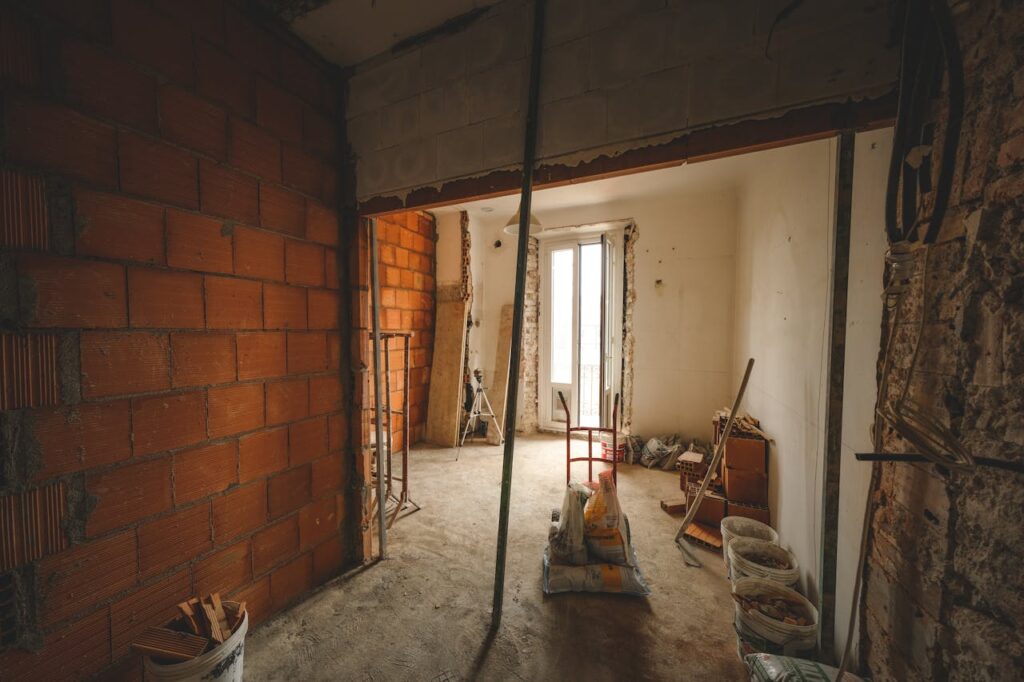
When making modifications to your home, it’s vital to consider the structural integrity. Removing load-bearing walls or not properly securing fixtures can compromise the safety of your home. Always consult a professional if you’re unsure about structural changes.
Choosing the Wrong Paint
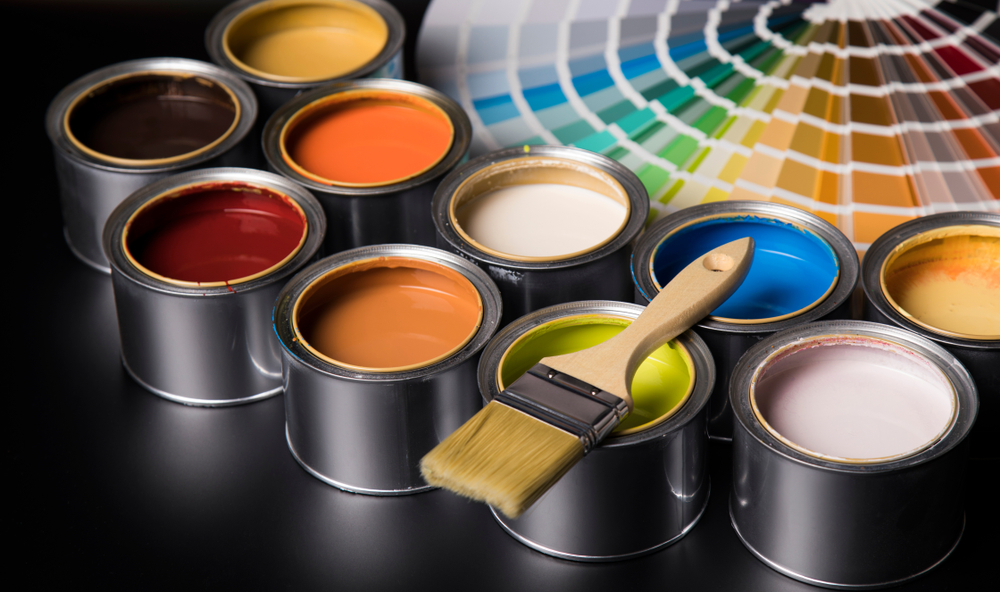
Different surfaces require specific types of paint. Using the wrong type, such as using interior paint for exterior surfaces, can lead to quick deterioration and additional work. Make sure to choose the right paint for the material and conditions.
Neglecting to Level and Plumb

Ensuring your work is level and plumb is crucial for a professional finish. Skipping this step can result in crooked shelves, misaligned tiles, or uneven floors. Always use a level and plumb line to check your work before finalizing it.
Overlooking Weather Conditions

Outdoor projects are susceptible to weather conditions. Painting or sealing in extreme temperatures or humidity can affect drying times and the quality of the finish. Always check the weather forecast and plan your outdoor work for optimal conditions.
Using the Wrong Fasteners
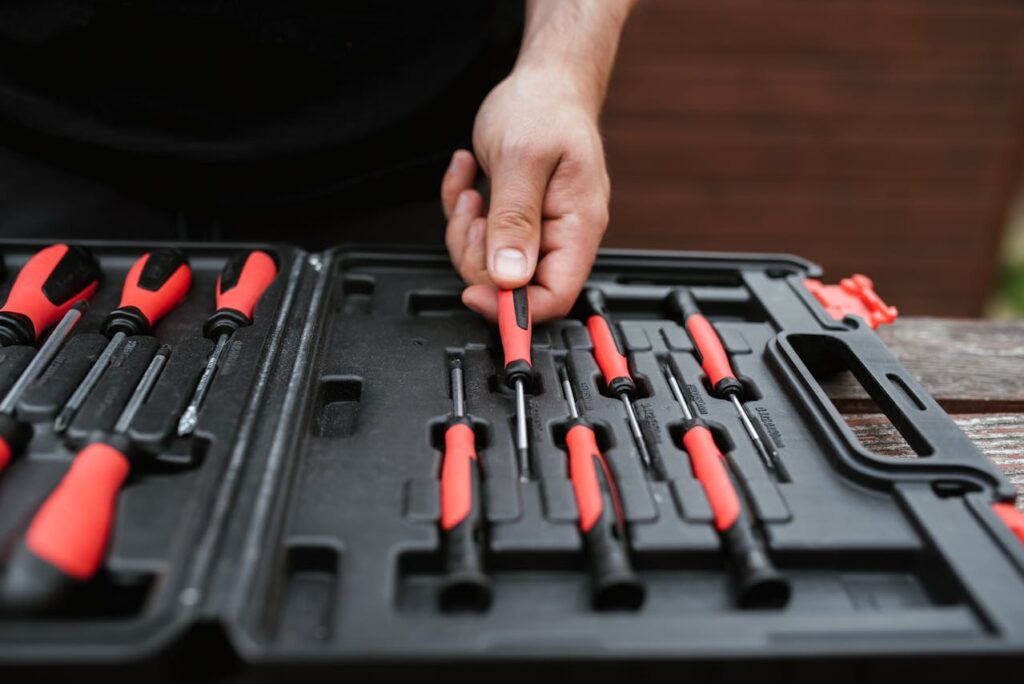
Different materials require specific fasteners. Using the wrong type can lead to weak joints or material damage. For example, using wood screws for drywall can result in poor holding power. Always match your fasteners to the materials you’re working with.
Not Accounting for Expansion and Contraction
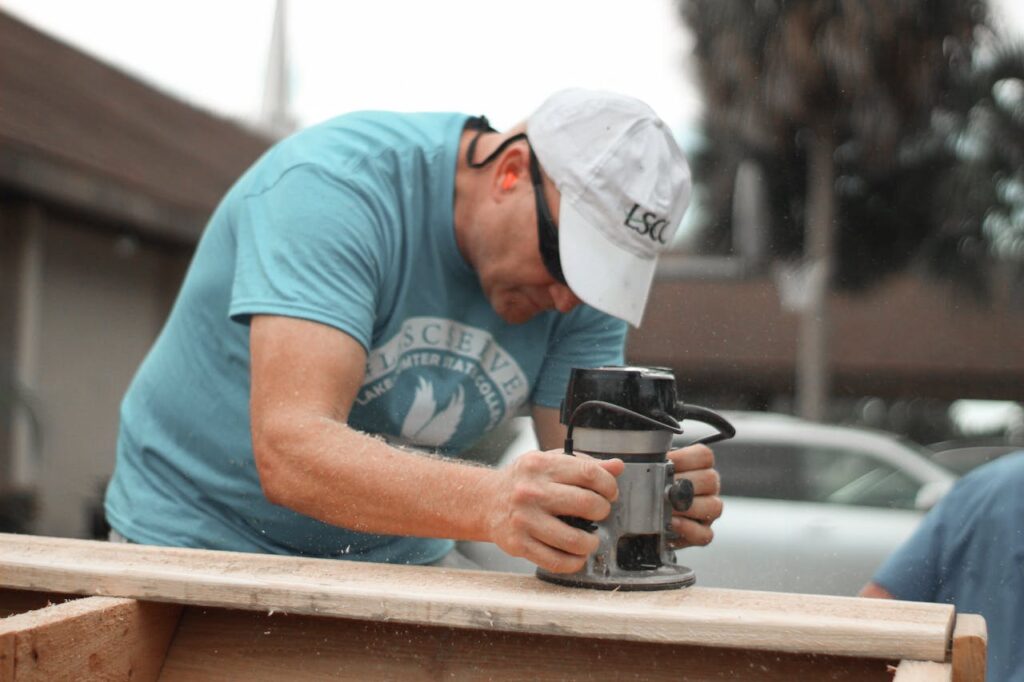
Materials like wood and metal expand and contract with temperature changes. Ignoring this can lead to gaps, warping, or splitting. Allow for movement in your designs, particularly for outdoor projects or those involving multiple materials.
Poor Lighting
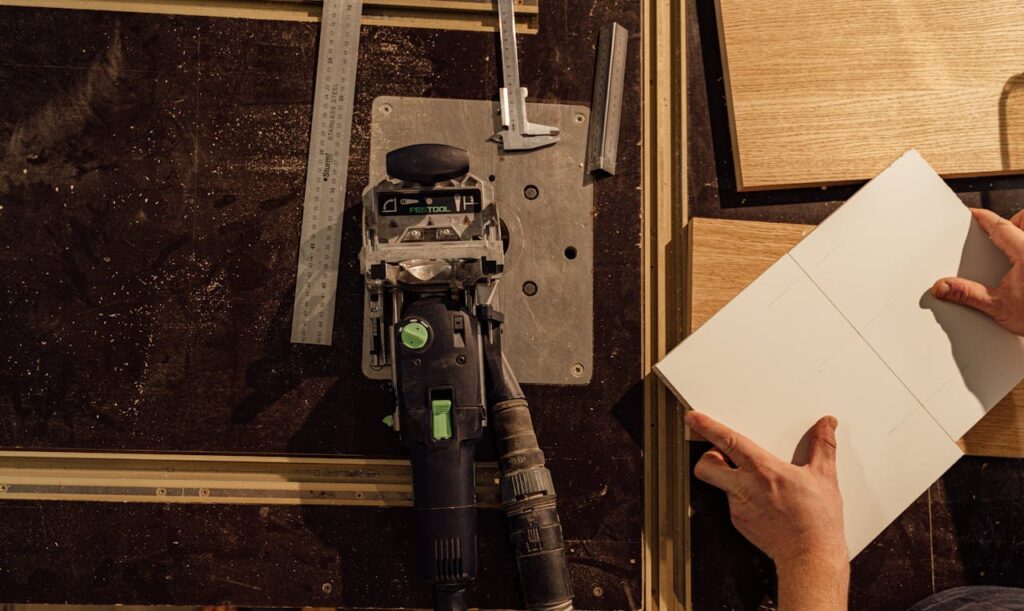
Adequate lighting is essential for precision and safety in DIY projects. Working in dimly lit areas can lead to mistakes and accidents. Ensure your workspace is well-lit, and consider using portable work lights for better visibility.
Rushing the Job
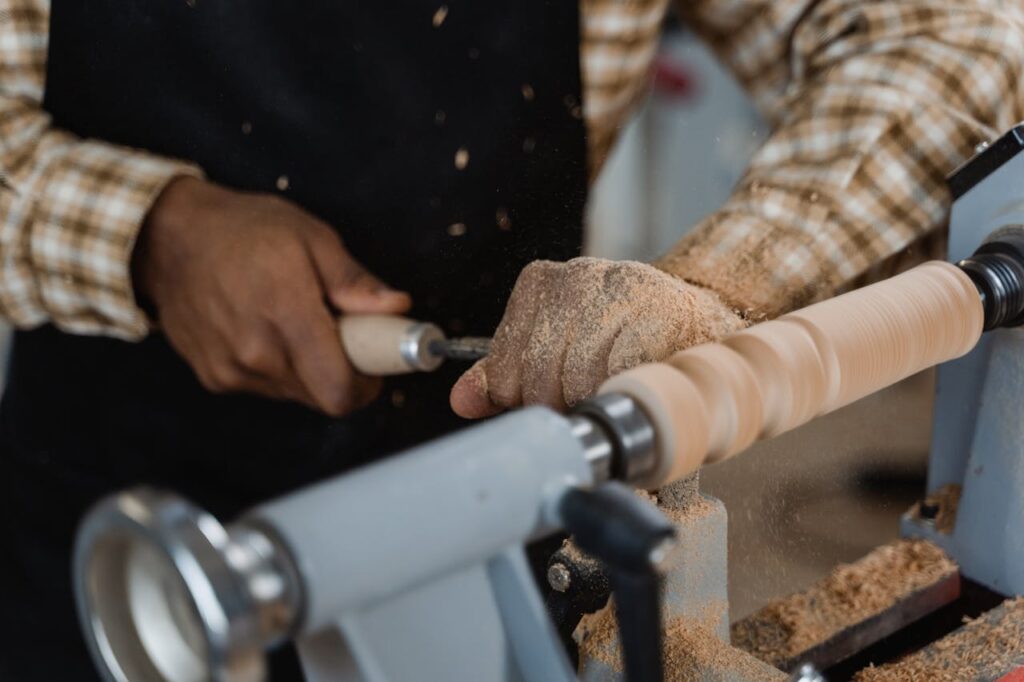
Rushing through a DIY project often leads to mistakes and poor workmanship. Take your time to follow instructions carefully and ensure each step is completed properly. Patience is key to achieving professional-quality results.
Ignoring Manufacturer’s Instructions
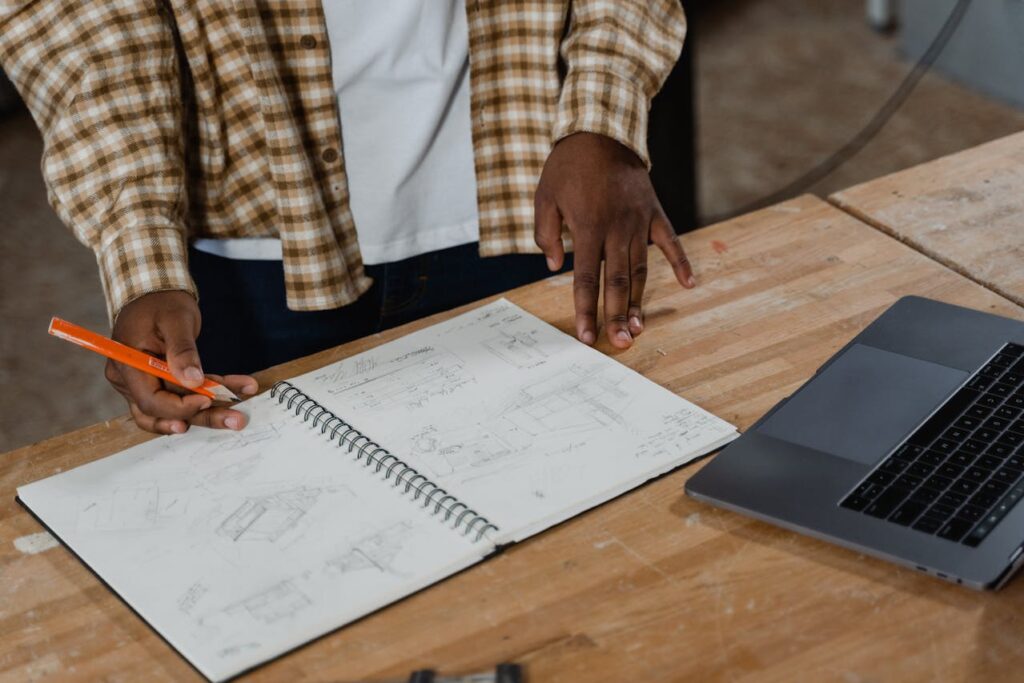
Manufacturer’s instructions are provided for a reason. Ignoring them can result in improper assembly or application, leading to failure or safety hazards. Always read and follow the instructions to ensure your project is done correctly and safely.
Not Testing Before Finalizing

Testing your setup before finalizing can save time and resources. For example, test-fit components before gluing or screwing them together. This practice helps catch mistakes early, making corrections easier and less costly.
Improper Material Selection

Choosing the wrong materials can compromise the durability and aesthetics of your project. For instance, using non-treated wood for outdoor furniture can lead to rot and decay. Always select materials suited to the specific conditions and demands of your project.
Skipping Regular Maintenance
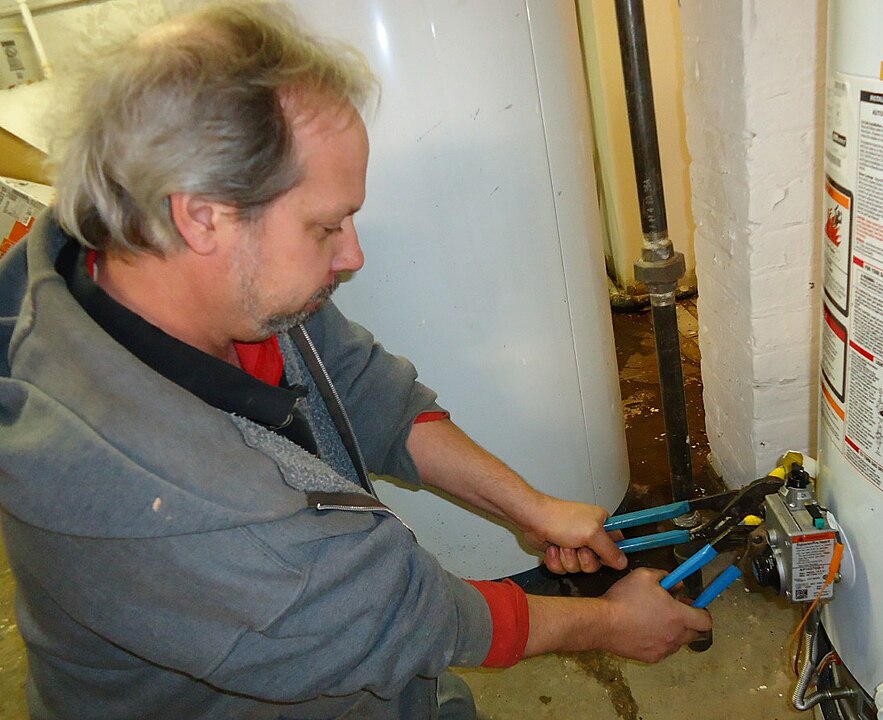
DIY projects don’t end once the work is done. Regular maintenance is crucial for longevity. Failing to maintain your work, such as not resealing a deck or checking for leaks, can lead to deterioration and additional repairs.
Not Having a Backup Plan
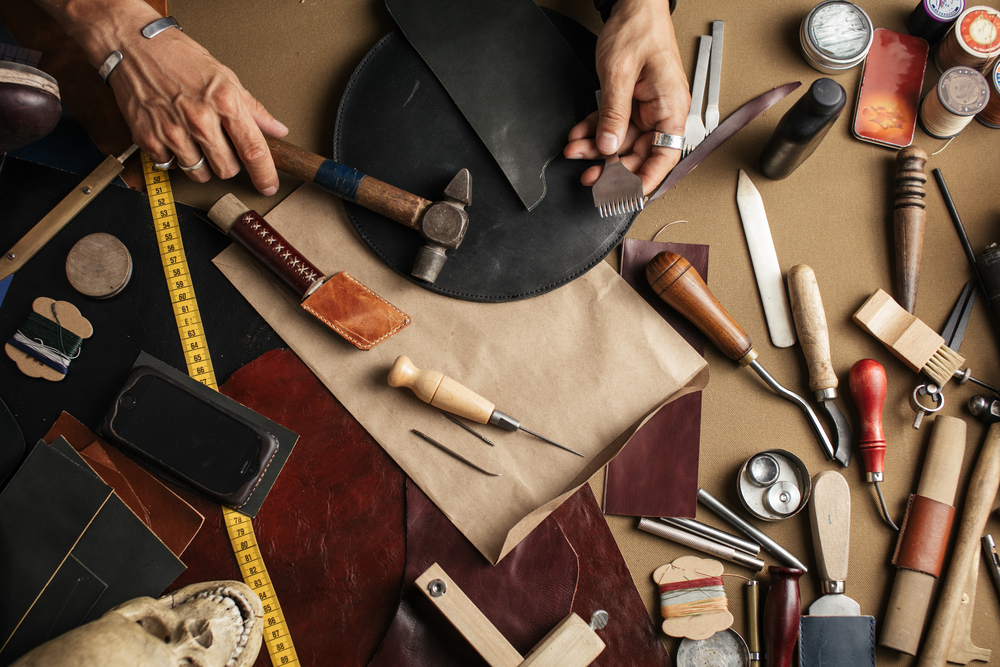
Even well-planned projects can encounter unexpected issues. Not having a backup plan can lead to stress and suboptimal solutions. Prepare for potential problems by having extra materials, tools, or alternative approaches ready.
Ignoring Building Codes and Permits
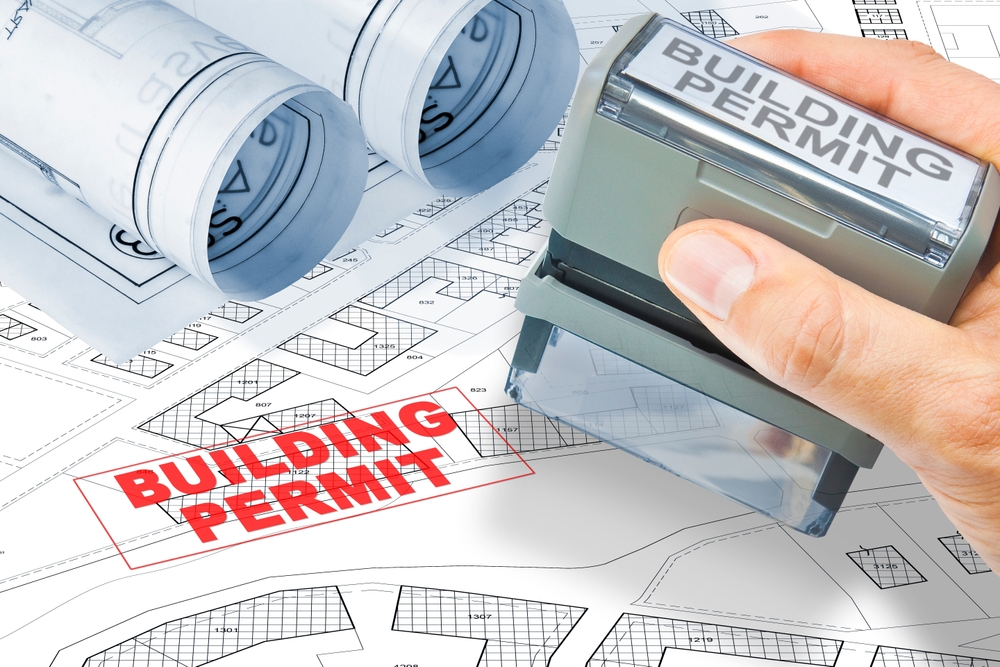
Failing to adhere to local building codes and regulations can lead to fines, legal issues, and unsafe structures. Always check and comply with codes and obtain necessary permits before starting significant projects. This ensures your work is safe and legally compliant.
This article originally appeared on UnifyCosmos.
More from UnifyCosmos
20 Surprising Things You Do That Secretly Trigger Anxiety

In this article, we’ll explore common things you unknowingly do that are secretly causing anxiety and offer practical tips to help you manage and reduce their impact. Read more!
21 Little-Known Benefits of Reading Regularly

From enhancing mental health to boosting empathy, the hidden perks of reading are numerous and impactful. Discover how incorporating regular reading into your routine can positively transform various aspects of your life. Read more!
17 Fascinating Insights into the Workings of the Human Brain

Understanding how it works can give us insights into our behavior, emotions, and health. Here are 17 intriguing facts about the brain that highlight its amazing functions and capabilities. Read more!
Leave a Reply